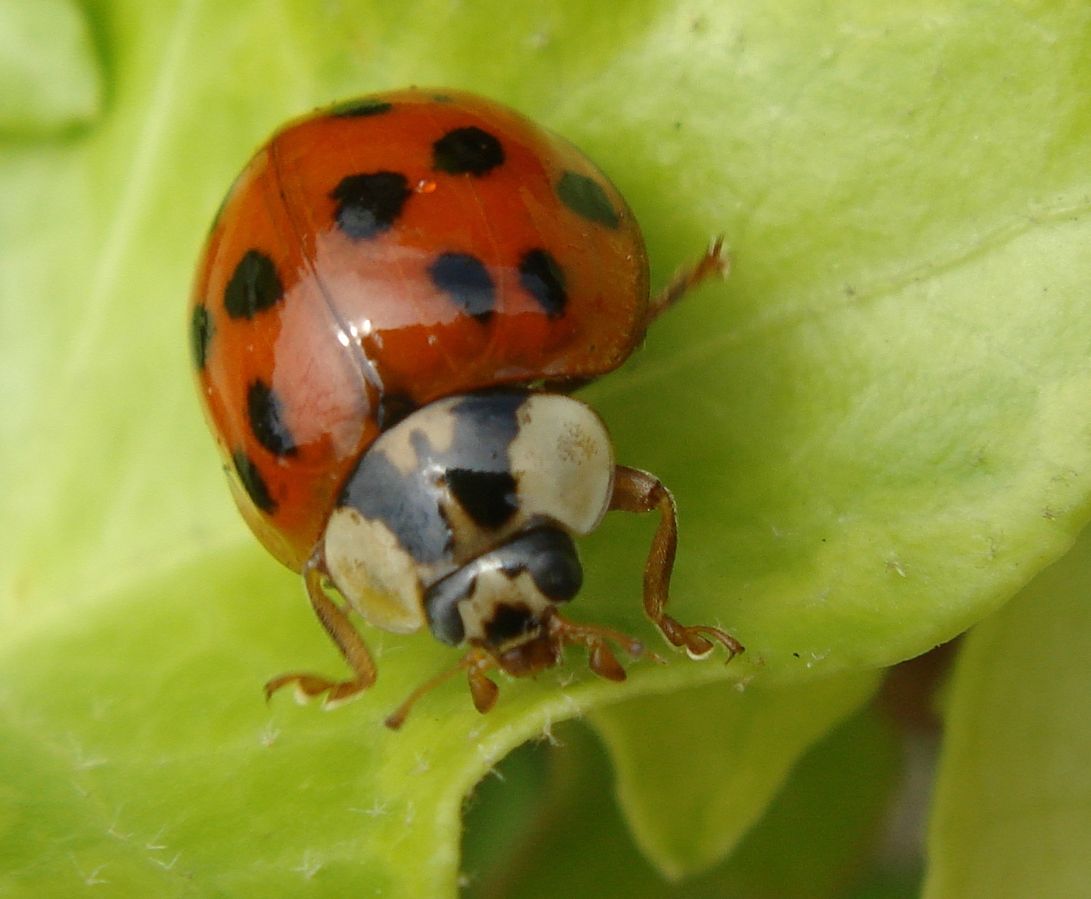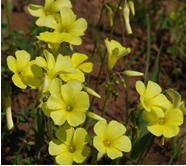Defining the invasiveness and invisibility in ecological networks
A recent paper by a group of researchers, led by C·I·B core team member Prof Cang Hui, proposed a framework to help explain why some invasive alien species are so successful in invading the new areas, while it is not so easy for others.
Comments Off on Defining the invasiveness and invisibility in ecological networks
26 April 2016



